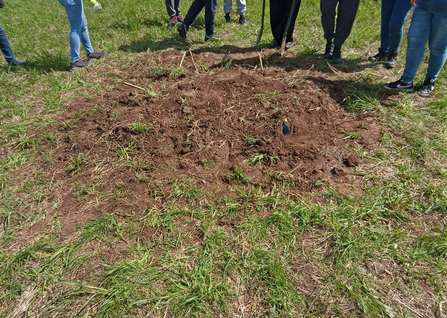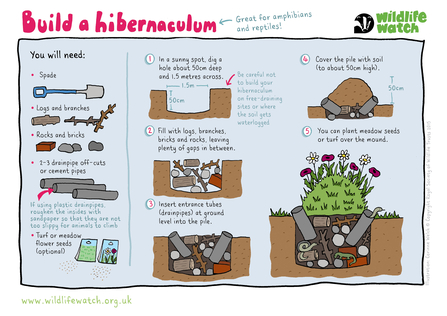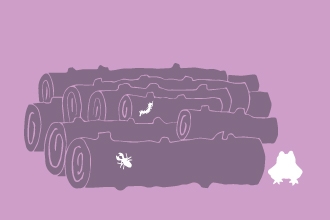Hello again! My colleague, Joe, has been working with groups to take action for nature at Dropping Well Farm (and, hopefully, in their own gardens and community spaces back home).
Heathlands are not only incredibly rare but are the only habitat in the UK where all six species of native reptiles are found. We've got four of these in Worcestershire - common lizards, slow-worms, grass snakes and adders - and are missing sand lizards and smooth snakes. The open nature of heathland means that there is less shade from large trees and, therefore, more basking areas for reptiles. Combine this with heathland's low-lying shrub and you've got plenty of shelter when needed. If you’ve ever walked on the beach in a hot country, you'll know that sand is great at holding the warmth from the sun, so our sandy heathlands are perfect for our cold-blooded reptiles that need to lay out in the sun to maintain their body temperature.
The shrubs and acid grassland areas of heathlands are a source of food for a wide variety of common and rare invertebrates and small mammals that, in turn, provide a food source for lizards and snakes. Heathlands are a paradise for reptiles, providing plenty of shelter, food and space for basking and mating.
I wonder how many of you know what reptiles do in the colder months of winter? They actually spend their time brumating! Many of you will be familiar with the term hibernation, which is how some warm-blooded animals spend their winter. Brumating is similar; it's how cold-blooded animals hibernate. Brumating is where reptiles stop eating and their heart, respiratory rate and digestions slows. From November until spring, reptiles find a place underground where it’s warmer, dry, frost-free and safe from predators. This can be places like unused mammal burrows that are south-facing in well-draining soil so remain dry and with a relatively consistent temperature.







